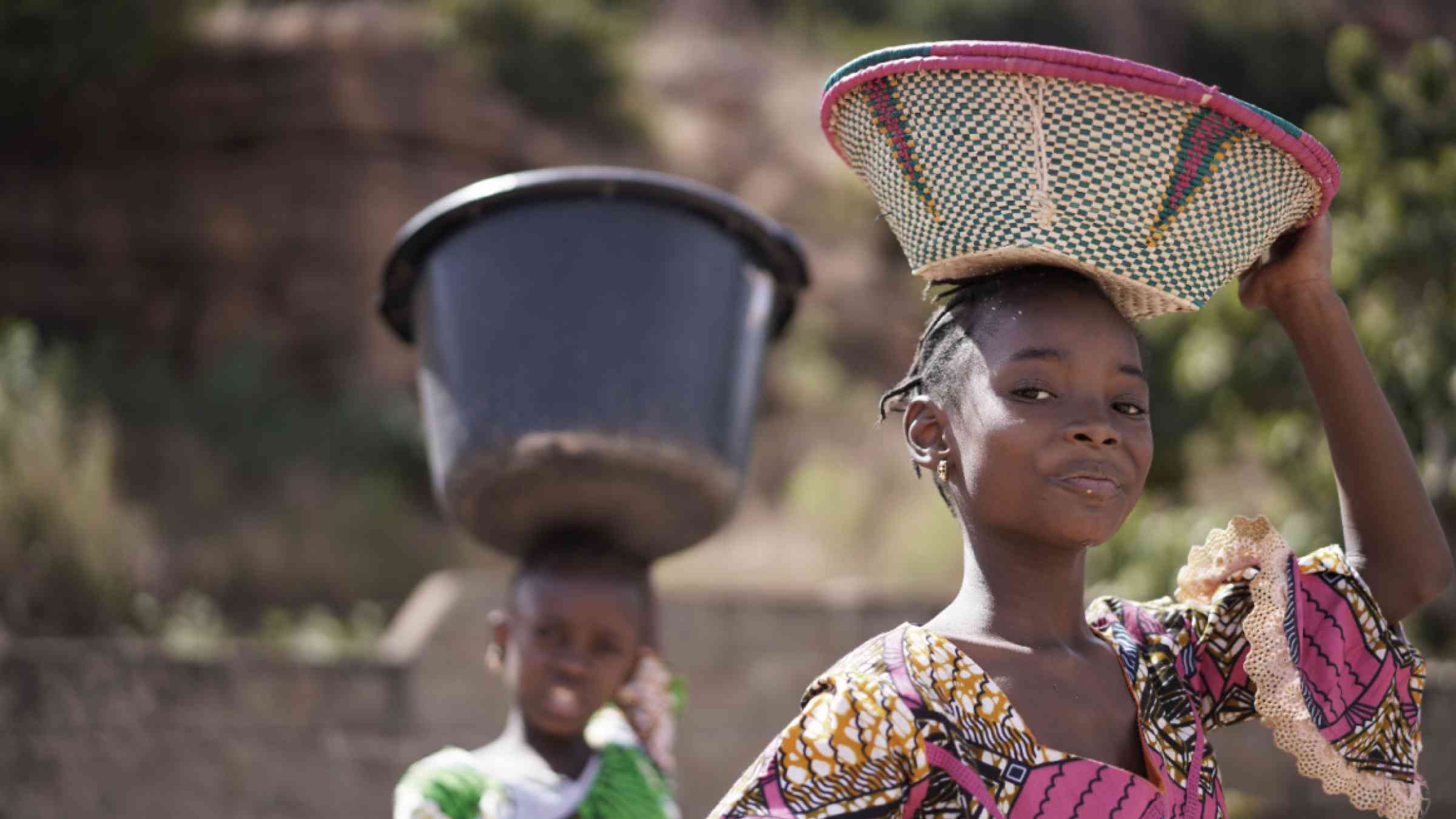Integrating anticipatory action into contingency plans: lessons from Somaliland

Humanitarian organizations have long relied on contingency plans to deliver prompt and efficient assistance to those in need. Traditionally, contingency plans identify potential disaster scenarios and outline response measures. However, the emergence of anticipatory action has sparked discussions about how to integrate proactive measures into these plans, thereby expanding their scope across the disaster risk management continuum – to act before, during and after a crisis.
Recognizing the importance of this, the Somali Red Crescent Society recently took steps towards multi-hazard contingency planning. Supported by the German Red Cross and the Finnish Red Cross, it organized a four-day workshop involving around 30 participants from its various departments. The aim was to develop a comprehensive contingency plan that integrated anticipatory action, while addressing the challenges inherent in this humanitarian approach.
The process
The workshop participants followed a four-stage process to establish the contingency plan.
1. Hazard and risk analysis: understanding the landscape
The first step was to conduct a comprehensive assessment of potential hazards within its operating environment, which encompass both natural and human-caused threats. Building on insights from previous exercises, such as the process of developing the Early Action Protocol (EAP) for Drought, the participants identified several hazards, including floods, drought, epidemics and desert locusts.
2. Scenario building: anticipating crisis scenarios
Rather than focusing solely on past occurrences, the Somali Red Crescent Society embraced a forward-thinking approach by anticipating future crisis scenarios. Through scenario-building exercises, the participants developed trigger thresholds to indicate the onset of these hazards. These triggers, based on a combination of numerical forecasts and qualitative observations, will enable it to predict the magnitude and severity of these potential hazards.
3. Strategy development: mitigating risks and impacts
Building upon the identified scenarios, the participants formulated a strategy to address risks and impacts across the disaster risk management continuum. This delineated the scale of potential mitigation operations, the target populations and focus regions, and the sectors for intervention, along with expected timelines for these actions.
4. Operational planning: implementing the actions
Operational planning translated this strategy into actionable steps, encompassing activities spanning anticipatory action through to response and early recovery. Anticipatory actions, which aim to prevent or mitigate the immediate impacts of crises, were integrated seamlessly within the planned response and recovery efforts.
Challenges and lessons
Despite the potential benefits of integrating anticipatory action into contingency plans, the Somali Red Crescent Society encountered several challenges with this process.
1. Scope: balancing breadth and specificity
A contingency plan is usually quite broad in scope and covers a range of actions, from preparedness to early recovery. By contrast, anticipatory actions focus on a particular node within the disaster risk management continuum; this means that the actions are much more specific than those usually articulated in a contingency plan.
One of the challenges in integrating anticipatory actions into contingency plans is striking a balance between the breadth of actions needed across the continuum, and the specificity needed for anticipatory actions. To address this, existing EAPs and other anticipatory action frameworks – which contain details such as the triggers to be used and the actions to be carried out – can be added as annexes to contingency plans (much like for standard operating procedures).
2. Preparedness versus anticipatory action: clarifying the distinctions
During the workshop, the distinction between preparedness and anticipatory action was particularly challenging for epidemics, where there was a lot of overlap; for example, hygiene promotion and awareness-raising activities are done regardless of whether trigger thresholds are reached or not. The purpose of a contingency plan is to ensure that the various actions follow seamlessly, including between the preparedness to anticipatory action phases.
For actions such as hygiene promotion, risk communication and the establishment of mobile clinics, the targeting and intensity of the actions appeared to be more focused and heightened in the anticipatory action phase (e.g., targeted communication and intensified hygiene promotion) – but these activities are also part of epidemic preparedness. This indicates a gap that warrants further research, which the Working Group on Anticipatory Action and Health could take up.
3. Trigger definition: determining activation points
Developing clear triggers for activating a contingency plan proved to be a technical and resource-intensive endeavour. The Somali Red Crescent Society opted for simplified triggers based on qualitative and quantitative data, which will facilitate prompt action in the face of impending crises. For hazards such as drought and floods, it adopted triggers from existing frameworks, such as the EAP for Drought and the Anticipatory Action Plan for Flooding.
4. Resource allocation in a multi-hazard context
Resource constraints pose a significant hurdle, with many organizations prioritizing disaster response over anticipatory action. To address this, the Somali Red Crescent Society will use its contingency plan as a tool to mobilize resources and advocate for anticipatory action, while also exploring a layered approach (e.g. a blend of different financial instruments) and existing funding mechanisms such as the IFRC’s Disaster Response Emergency Fund.
Conclusions
The process of integrating anticipatory action into contingency plans has many challenges, yet it holds immense promise for enhancing humanitarian preparedness. Through initiatives such as the multi-hazard contingency plan developed by the Somali Red Crescent Society, organizations can proactively mitigate risks, safeguard vulnerable populations, and build more resilient communities in the face of uncertainty. As the humanitarian landscape continues to evolve, embracing innovative approaches such as this will be essential in shaping more effective disaster-response strategies for the future.